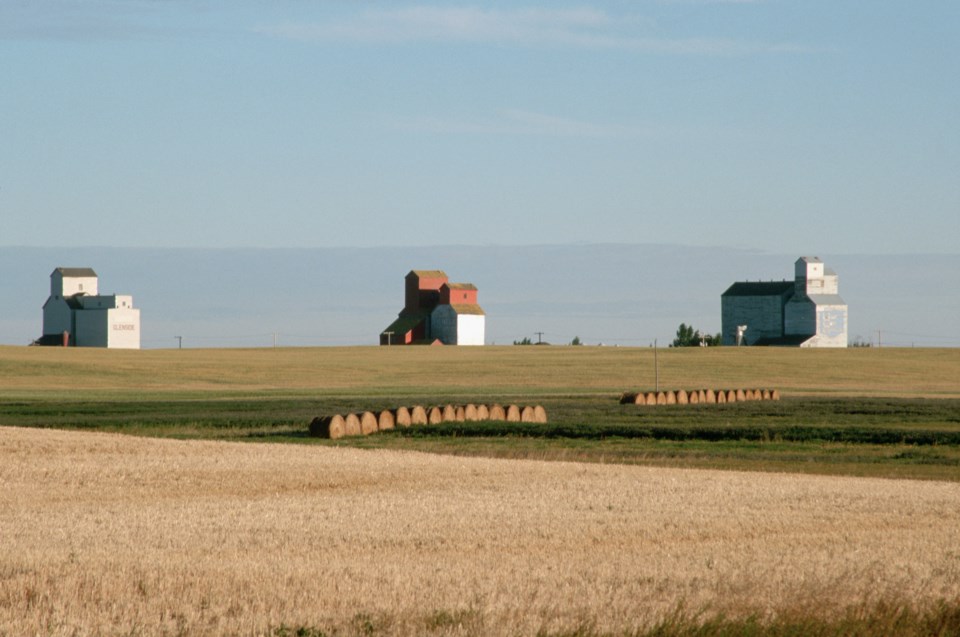UNITY - There is 19 per cent of the crop that is now combined, which is ahead of the five-year average (2017-2021) of 13 per cent. Areas that saw semi-regular rains are reporting yields above or closer to average, whereas areas that missed those rains are reporting very poor yields. Many producers are predicting a quick harvest if the weather remains hot and dry. A large, substantial rain will be needed across the region after the completion of harvest.
57 per cent of the lentils, 56 per cent of the field peas, four per cent of the oats, 14 per cent of the barley, 11 per cent of the spring wheat, five per cent of the durum and five per cent of the canola has been combined.
Very little rainfall fell in the region this past week which made for good harvesting conditions, but also further deteriorated the soil moisture rating for the region. The only mentionable rainfall was in the Eyebrow area where 28 mm was received. Cropland topsoil moisture is rated as 34 per cent adequate, 39 per cent short and 27 per cent very short. Hay and pasture land topsoil moisture is rated as 35 per cent adequate, 35 per cent short and 30 per cent very short. Many producers in the region report they are no better off than they were last year, and they desperately need rain this fall to replenish the moisture in their field for next year’s crop.
Pasture conditions in the region are rated as four per cent excellent, eight per cent good, 38 per cent fair, 33 per cent poor and 17 per cent very poor. Most pastures in the region have not improved from last year’s drought and have not been able to sustain cattle without supplemental feeding and water hauling. Producers have been hauling water for many weeks now and some who had very low hay yields have started sourcing alternative sources of feed for the winter.
The majority of crop damage this week was due to drought stress prematurely drying down pasture and haylands. The abundance of grasshoppers in the region continue to cause a large amount of damage to most crops. Sawfly have also become a problem in the region as producers have discovered the pest in their wheat crops. Some producers are seeing large portions of their field affected while others only have minor damage.
Farmers are busy hauling bales, moving cattle closer to home, hauling water and continuing to swath and combine crops.



